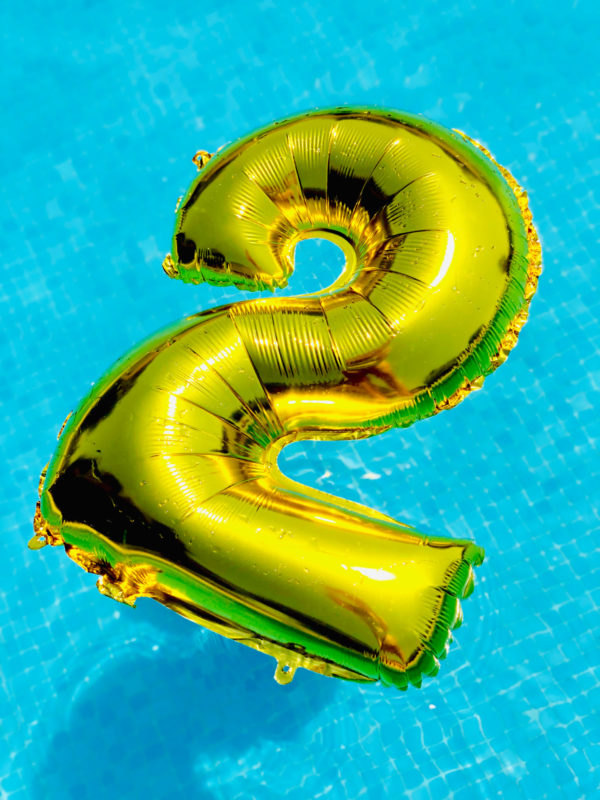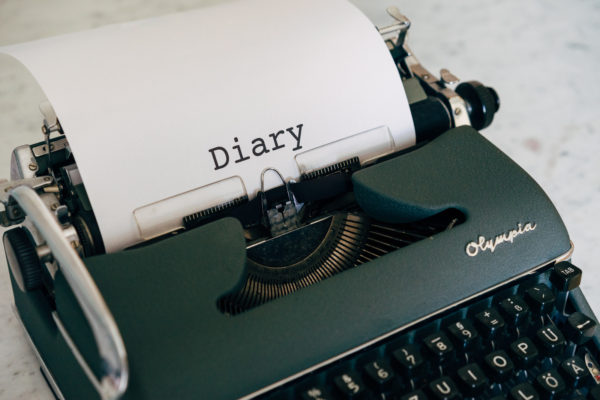10 Bladder Leakage Terms You Should Know (But Probably Don’t)
Written by TYE Medical on Jun 10th 2020
If you’ve been browsing the internet to research bladder leakage, then you probably discovered some complicated explanations and terms you’ve never heard before. On the other hand, if you’re relying solely on your urologist for understanding, then you might still be in the dark. Sometimes doctors avoid details because they’re short on time or short on patience. Rather than explaining, they tell you what you need to know right now. It’s not always a bad thing. But if you have an inquiring mind (like us), then you probably want to understand more about why you’re leaking urine.
Here’s a brief guide that breaks down some common bladder leakage terms you might encounter as you learn more about your condition.
1. Incontinence
This isn’t such an uncommon term, but it’s often misunderstood. Incontinence is when a person leaks from the bladder, bowel, or both. Urinary incontinence is just another way to say you’re leaking urine. How much or frequently doesn’t matter – it’s all diagnosed as incontinence. You’ll find that companies brand their bladder leakage products according to your needs. Some products are labeled as “light incontinence” and others indicate “maximum protection,” but they’re treating the same condition based on the severity of urine leaks. When it comes to determining what type of incontinence you have, medical professionals consider the cause of your symptoms rather than the degree of severity.
For additional information, check out our article 10 Secrets to Buying the Right Incontinence Products.
2. Pelvic Floor
The term “floor” is a little misleading. In fact, it’s a layer of muscles below your pelvic organs that has been described as a hammock or trampoline. That’s because they support your pelvic organs by holding them in the right place. When your pelvic floor is in optimal form, it’s considered “resilient.” This means it relaxes and flexes when needed. A healthy pelvic floor aids in urination, sexual function, and prevents pelvic prolapse (see below). A weak or tight pelvic floor often causes bladder leakage, frequent urination, incomplete emptying, and other symptoms. For more in-depth information, see our article, The Mysterious Pelvic Floor: Why Both Sexes Should Pay Attention.
3. Pelvic Floor Prolapse
This typically happens as we age. The pelvic floor muscles become so weakened that they can’t support organs as they once did. This means the uterus, bladder, or rectum literally drop low and press on each other or into the vagina. You’ll find some interesting names for the different types of prolapse, including cystocele (bladder drops), rectocele (rectum presses into vagina), and uterine prolapse (uterus drops). The increased pressure causes a host of bladder symptoms including bladder leakage.
4. Double Voiding
 The medical world often refers to the act of urinating as “voiding,” which we would simply call “going to the bathroom.” The idea is that you’re emptying or voiding your bladder. Double voiding refers to going twice, the second time happening soon after the first. Doctors recommend this practice to help with overflow incontinence (leaking urine because the bladder is overfull) or incomplete bladder emptying. If you didn’t adequately empty your bladder the first time, you might be able to on the second try. You’re likely to see better results if you stand up or take a quick break before your second attempt. This technique can also help if you develop frequent bladder infections from incomplete emptying, which leaves old urine in your bladder too long.
The medical world often refers to the act of urinating as “voiding,” which we would simply call “going to the bathroom.” The idea is that you’re emptying or voiding your bladder. Double voiding refers to going twice, the second time happening soon after the first. Doctors recommend this practice to help with overflow incontinence (leaking urine because the bladder is overfull) or incomplete bladder emptying. If you didn’t adequately empty your bladder the first time, you might be able to on the second try. You’re likely to see better results if you stand up or take a quick break before your second attempt. This technique can also help if you develop frequent bladder infections from incomplete emptying, which leaves old urine in your bladder too long.
5. Bladder Training
Think of your bladder as having a “memory”. It gets used to specific routines and habits. In some cases, you can retrain your bladder to hold urine longer, increasing your time between bathroom trips. This also increases the amount of fluids the bladder can hold. Bladder training is especially helpful for treating OAB (overactive bladder) as well as bladder leakage. The process includes following a fixed bathroom schedule whether you feel like you need to urinate or not. If you must go before your next appointed “potty time” – you gotta hold it! It helps to relax or do some Kegel exercises. The idea is to make it to your next slot on the bathroom schedule. Over time, the intervals between bathroom breaks is increased by 15-30 minutes until your goal is reached and symptoms subside.
6. Pessary
You might hear this term when your doctor talks to you about pelvic prolapse. It’s an alternative to surgical treatment. A pessary is a small, soft device your doctor inserts into the vagina to help your pelvic floor muscles support your bladder and other organs. It often helps with bladder leakage, because the increased support takes pressure off the bladder and allows it to function normally.
7. Post Void Dribbling
This is one bladder problem that seems to affect men the most. Although annoying, it’s not serious and is often one of the first signs of an enlarged prostate. Post void dribbling is another type of bladder leakage where small amounts of urine leak out immediately or shortly after you finish going. For most men (and women), symptoms are addressed by relaxing and slowing down while using the toilet. Take some time to be sure you’re finished and even try double voiding. Men are also advised to apply some toilet paper to the tip of the penis to soak up any excess urine once they’re done.
 8. Bladder Diary
8. Bladder Diary
This one might raise some eyebrows, but it simply refers to writing down your bladder symptoms and activities. It helps you and your doctor know what your daily bladder habits are and how they are affecting bladder leakage or other problems. A bladder diary includes information like how much you drink, how often you visit the toilet, how frequently leaks happen, symptoms, and even what you eat (because this can sometimes affect your bladder too).
9. Enuresis
We often refer to this as bed-wetting and typically affects children. When it happens at night it’s called nocturnal enuresis, and this is the most common type. Diurnal enuresis is the term used for daytime wetting. Unlike incontinence, there’s no medical reason for enuresis. However, sometimes certain medications can trigger the condition.
10. Nocturia
When you experience nocturia, your bladder wakes you up in the middle of the night and demands to be emptied. But it’s more than the occasional wake-up call. It’s diagnosed as nocturia when the symptoms are excessive, waking you up two or more times each night. It can happen to anyone, but it’s more common among older adults. Typical causes include sleep disorders, diabetes, bladder prolapse, enlarged prostate, overactive bladder, and neurological disorders. It can also happen if you drink too many liquids during the day, especially close to bedtime. Unlike enuresis, nocturia doesn’t cause bladder leakage, but it’s possible to suffer from both incontinence and nocturia.
 Superior Bladder Leakage Protection Meets Discreet Comfort
Superior Bladder Leakage Protection Meets Discreet Comfort
Sometimes urine leaks are light, especially when it’s stress incontinence or mild overflow incontinence. TYE Medical provides secure, light protection products with a discreet fit. But for many people, bladder leakage requires greater absorbency and security. If that’s you, then you know that discreet comfort is still important. Our LivDry premium briefs give you the highest protection against leaks with a clothlike feel and minimal visibility.
Free shipping on orders over $20!

